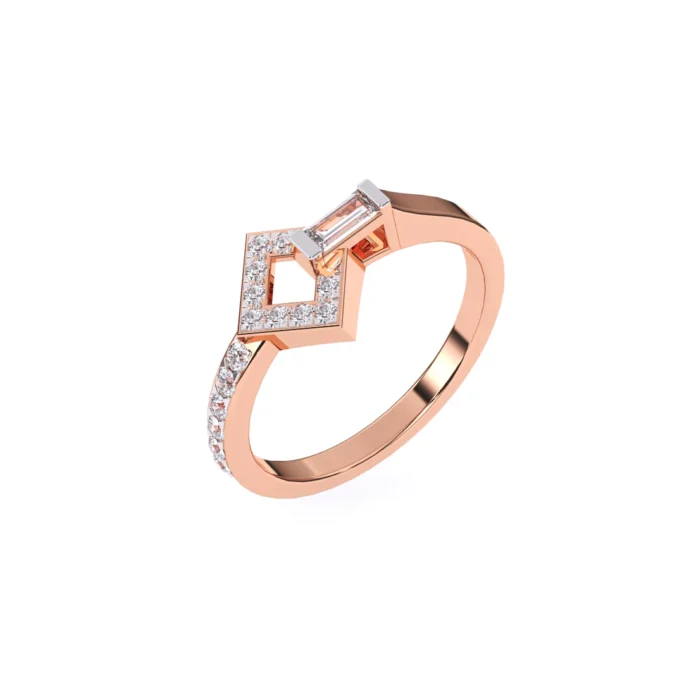In recent years, lab-grown diamonds have emerged as a compelling alternative to traditional mined diamonds, and nowhere is this shift more evident than in the realm of engagement rings. As more consumers prioritize ethical and sustainable choices, the demand for lab-grown diamond rings has skyrocketed. In this article, we delve into the captivating world of lab-grown diamond rings, exploring their ethical advantages, the cutting-edge technology behind their creation, and why they are becoming an increasingly popular choice for those seeking both beauty and conscience.
The Rise of Lab-Grown Diamonds
The conventional diamond industry has long been associated with environmental concerns and ethical issues related to mining practices. Lab-grown diamonds, also known as synthetic or cultured diamonds, present a revolutionary solution to these problems. Their popularity is on the rise as consumers seek alternatives that align with their values.
The Technology Behind Lab-Grown Diamonds
Lab-grown diamonds are crafted using advanced technological processes that replicate the conditions under which natural diamonds form. High-pressure high-temperature (HPHT) and chemical vapor deposition (CVD) are two prominent methods, ensuring that these diamonds possess the same physical, chemical, and optical characteristics as their mined counterparts.
Ethical Advantages of Lab-Grown Diamonds
With no involvement in destructive mining practices, these diamonds are a guilt-free choice, appealing to environmentally conscious consumers.
The Quality Assurance Factor
Lab-grown diamonds undergo stringent quality control measures. In many cases, they may even surpass natural diamonds in terms of purity and lack of inclusions, offering consumers a dazzling and flawless option.
The Appeal of Lab-Grown Diamond Rings
Affordability without Compromising Quality
Lab-grown diamond rings typically come with a more accessible price tag, making them an attractive option for budget-conscious consumers without sacrificing the quality or beauty of the gem.
Customization and Creativity
The process of creating lab grown diamond allows for a level of precision that opens the door to unique and creative designs. Customization options are virtually limitless, enabling individuals to craft a ring that perfectly symbolizes their love story.
Addressing Common Misconceptions
As lab-grown diamonds gain popularity, misconceptions surrounding their quality and authenticity persist. It’s crucial to debunk these myths and emphasize the value and authenticity of lab-grown diamonds.
Dispelling the “Fake” Diamond Myth
Lab-grown diamonds are real diamonds with identical physical and chemical properties to mined diamonds. Their origin might be different, but their brilliance and durability are unquestionable.
Environmental Impact Comparison
Contrary to popular belief, mining natural diamonds has a considerable environmental footprint. Lab-grown diamonds, on the other hand, present a more eco-friendly alternative, minimizing the impact on the planet.
Choosing Your Lab-Grown Diamond Ring
Understanding the Four Cs
Just like traditional diamonds, lab-grown diamonds are graded based on the four Cs – cut, color, clarity, and carat weight. Understanding these criteria empowers consumers to make informed choices.
Certifications and Transparency
When investing in a lab grown diamond rings look for certifications from reputable laboratories. Transparency in the sourcing and manufacturing process adds credibility to the purchase.
The Future of Lab-Grown Diamond Rings
As technology continues to advance, the future looks promising for lab-grown diamonds. The ongoing commitment to sustainability and ethical practices positions these diamonds as a frontrunner in the ever-evolving jewelry industry.
A Radiant Future for Ethical Elegance
lab-grown diamond rings represent a brilliant fusion of ethical consciousness and timeless elegance. As consumers become more mindful of their choices, the popularity of these diamonds is set to soar, reshaping the landscape of the jewelry industry.


